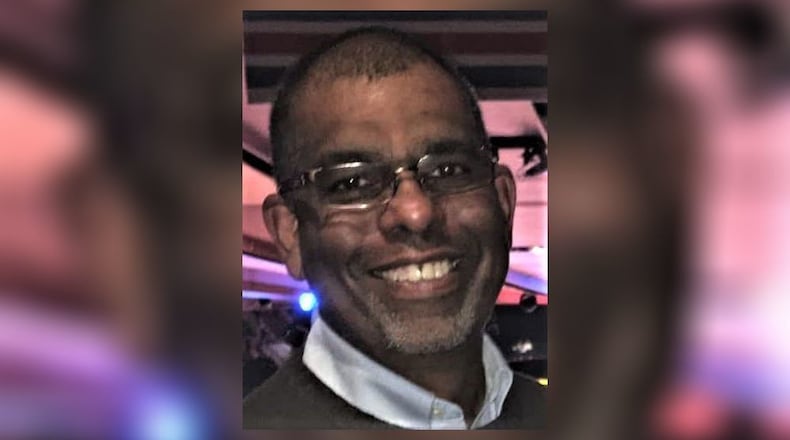People like Kalesha Scott and her colleagues at the Ohio Student Association are at the forefront of these important efforts. The association works with universities, including the University of Dayton and Central State, Wright State, and Wilberforce, on policy change, higher education reform, nonpartisan voter registration efforts and more.
The League of Women Voters, the Poor People’s Campaign and the City of Trotwood have all had or will have get-out-the-vote campaigns. You might see registration tables at a local community center, retirement home, or church between now and October 11, the last day to register to vote in Ohio. Early voting starts October 12.
Each registration is a half-step toward participating in our democracy.
Scott, a grad student at Wright State University, said the association has already registered 200 new voters — mostly college students — and hopes to register 1,000.
Scott said at one recent event, a single issue drove registrations. “Roe vs. Wade. That was the big thing, especially for women … just feeling like their rights are being taken away,” Scott said.
That dovetails with data that shows women driving new voter registrations across the county and in Ohio. Additionally, 58% of people registered to vote in Ohio since the Supreme Court overturned Dobbs are under 35.
When the registration deadline ends, that doesn’t mean the work stops. The association will hold sessions to educate voters on issues important to people in Ohio. Scott will help organize rides to the polls on Election Day, so it’s easier for people to vote during a time Ohio has made it less convenient to do so.
For example, just eight states in the county, including Ohio, shut off registration nearly a month before Election Day. The nonpartisan Cost of Voting Index measures how easy it is for residents to vote. Ohio graded out at No. 41, the 10th worst in the country.
Yes, Ohio offers early voting and absentee ballot opportunities for all, but neither are as easy as they could be. Voters can only cast early ballots at one location, the county election board. That means, for example, someone in Farmersville needs to travel an hour roundtrip to vote early. If you want to vote absentee, you must fill out a form, send it to the Board of Elections and have a ballot mailed back to you.
Oregon, for example, mails out ballots to all registered voters and allows them to either mail them in or drop them off at multiple drop boxes in each county. The Index lists Oregon as the most vote-friendly state in the country.
For those shouting, “what about fraud?” there has never been any evidence of widespread voter fraud regardless of voting methods.
Getting people registered seems like the easy part. Getting them to the polls can be challenging, especially for people without reliable transportation.
These groups do great work, and we can also play a part.
If you know someone who isn’t registered to vote, ask them why. If they say their vote doesn’t count, hit them with this: Joe Biden won Arizona, Georgia, and Wisconsin, three state key to his victory, by a combined 44,000 votes. If just a tiny sliver of additional voters came out for Trump, he would have a second term.
Not only that, at least 11 times in our country’s history (the 2017 Virginia House of Delegates was the most recent), a political race on the national or state level ended up tied. In more than 160 cases in our history, races have been decided from one to 1,000 or so votes, including in Ohio in 1990. In the Attorney General’s race, Democrat Lee Fisher beat Republican Paul Pfeifer by 0.03672% or 1,234 votes out of 1.68 million votes.
Your vote doesn’t count? Nonsense. Please register, because groups like the student association will be happy to help — and even give you a ride to the polls — with no strings attached.
“I don’t care what party they sign up for this as long as they sign up to vote,” Scott said.
Ray Marcano’s column appears each Sunday on these pages. He can be reached at raymarcanoddn@gmail.com.
About the Author

